
What is hip dysplasia?
In children with DDH, the hip joint has not developed normally. This can present itself in various ways, from a small looseness of the ligament to a dislocation. In the latter case, the ball of the hip is not in its socket at all. Hip dysplasia is more likely to occur in girls than in boys, and can be obvious immediately upon birth or several months later, during a Well Baby Visit. Some of the symptoms of DDH are:
The legs can stand outward a bit. The affected leg can look shorter. There are "clicky hips", seen when a doctor moves the legs around. The legs appear wider than normal. leg on the side of the dislocated hip may appear shorter.Treatment
Hip dysplasia can appear at birth or develop later. Depending on the severity of the problem, there are several treatment options available. Often, more rigorous medical observation is all that is required. In many cases, the problem will self-correct with time. Where your healthcare team has assessed that this is not the case for your baby, a harness, cast, or brace may be prescribed. In even more serious cases, surgery is recommended.
If your baby has been diagnosed with hip dysplasia, you should certainly feel free to discuss any concerns and fears you have with your healthcare team (including your baby's pediatrician) in detail don't be afraid to "bore the doctor", because that's their job! As a closing note I'll add that I was actually diagnosed with hip dysplasia as a baby. Bad hips run in my family, but the problem doesn't bother me today and I don't even know much about the condition. I am a physically active person, and I don't have any complaints.



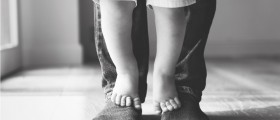
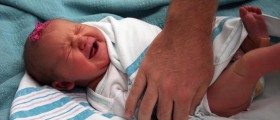
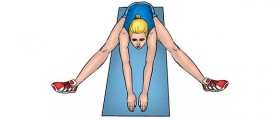


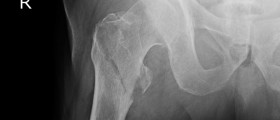

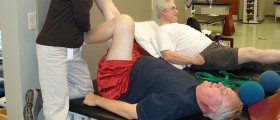


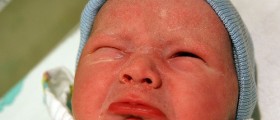



Your thoughts on this
Loading...